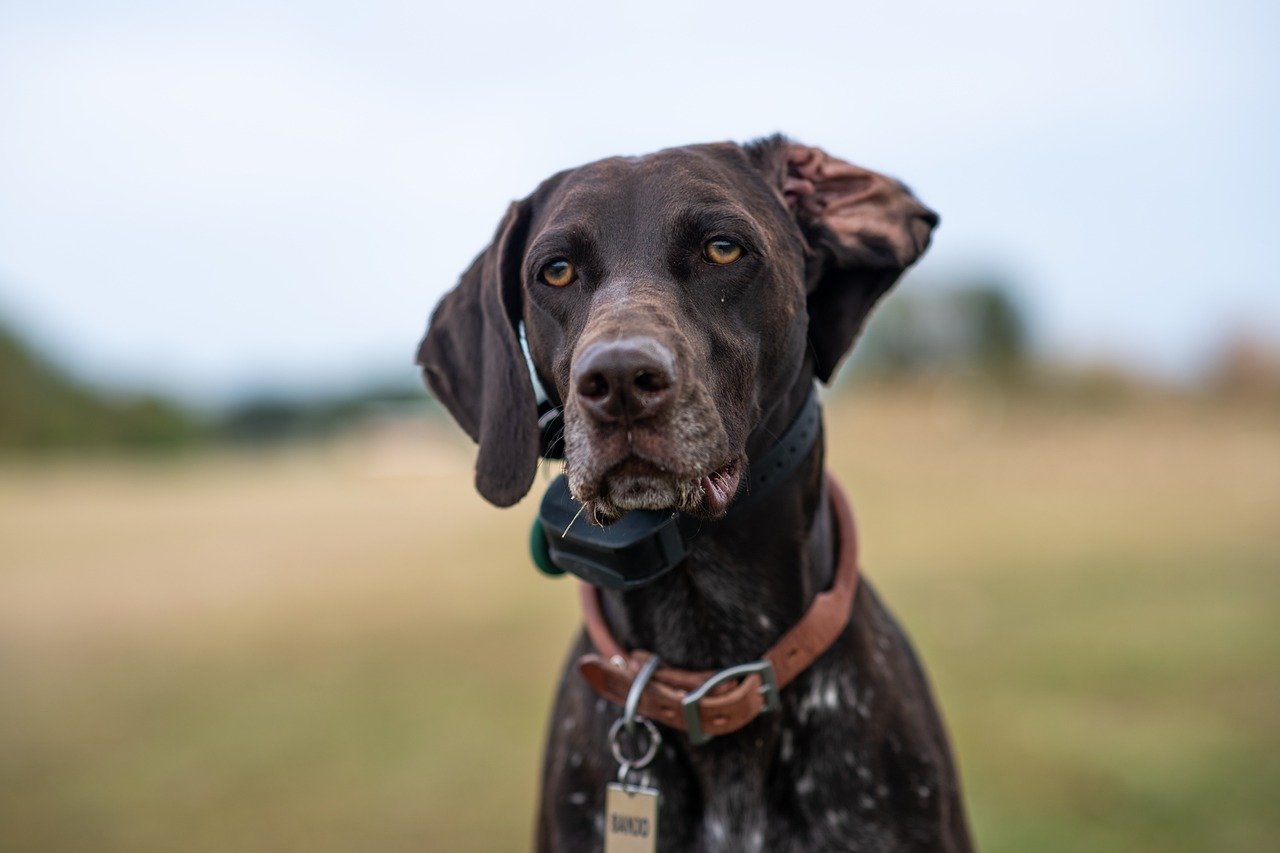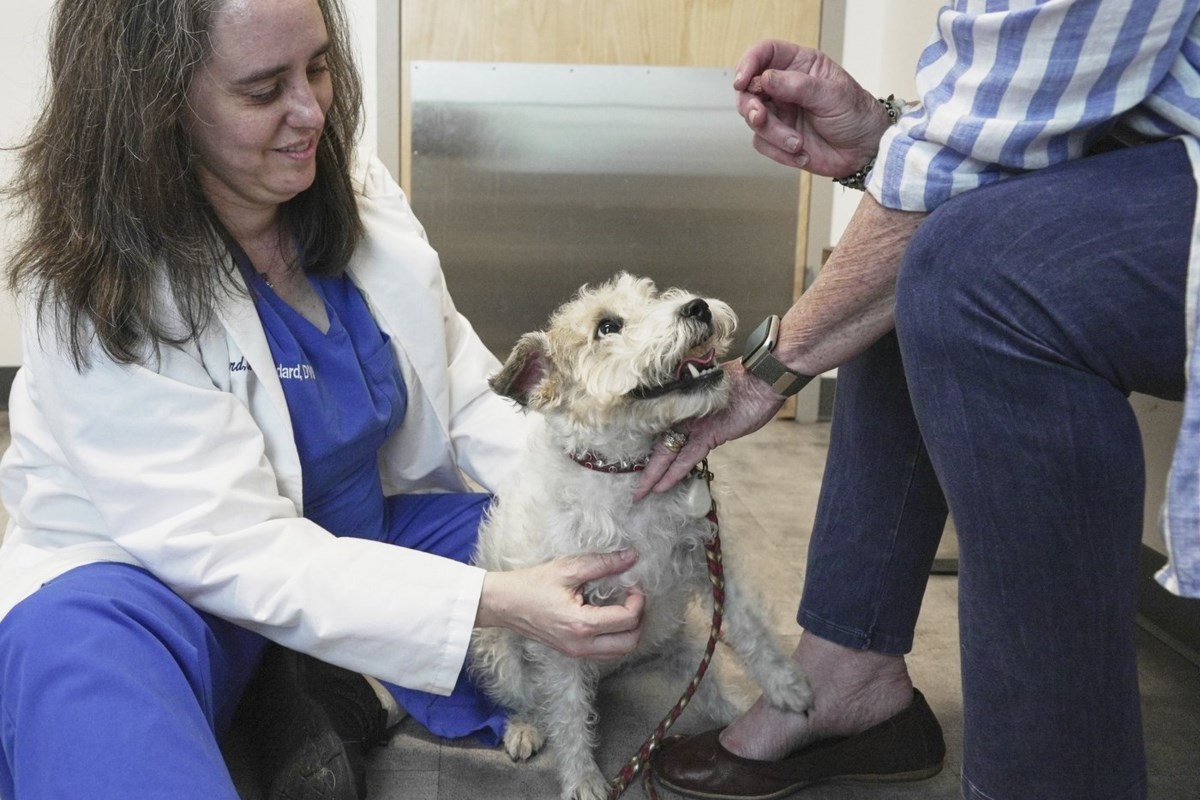Pointers, known for their athletic build and sharp hunting skills, exhibit a range of average weights and heights that are indicative of their breed standards. Typically, male Pointers stand between 25 to 28 inches tall at the shoulder, while females are slightly shorter, ranging from 23 to 26 inches. As for weight, males usually weigh between 55 to 75 pounds, and females, slightly lighter, average 45 to 65 pounds. These dogs display a graceful, muscular physique, optimized for endurance and speed, crucial for their traditional role in bird hunting. Their size reflects a blend of agility and strength, making them adept field companions.
Male Pointer Weights & Heights by Age
The following chart contains the average weights and heights of male Pointer from newborn to 3 years of age. Please note these are only averages. Always consult with your veterinarian if you have any concerns about your Pointer’s growth.
| Age (Months/Years) | Weight (lbs) | Weight (kg) | Height (inches) | Height (cm) |
|---|---|---|---|---|
| 0-1 month | 3 – 5 | 1.4 – 2.3 | 8 – 10 | 20 – 25 |
| 2 months | 10 – 12 | 4.5 – 5.4 | 12 – 14 | 30 – 35 |
| 3 months | 20 – 25 | 9.1 – 11.3 | 14 – 17 | 35 – 43 |
| 4 months | 25 – 30 | 11.3 – 13.6 | 16 – 19 | 40 – 48 |
| 5 months | 30 – 35 | 13.6 – 15.9 | 17 – 21 | 43 – 53 |
| 6 months | 35 – 40 | 15.9 – 18.1 | 18 – 23 | 45 – 58 |
| 7-12 months | 40 – 45 | 18.1 – 20.4 | 20 – 25 | 50 – 63 |
| 2 years | 55 – 75 | 24.9 – 34.0 | 25 – 28 | 63 – 71 |
| 3 years | 55 – 75 | 24.9 – 34.0 | 25 – 28 | 63 – 71 |
Female Pointer Weights & Heights by Age
The following chart contains the average weights and heights of female Pointer from newborn to 3 years of age. Please note these are only averages. Always consult with your veterinarian if you have any concerns about your Pointer’s growth.
| Age (Months/Years) | Weight (lbs) | Weight (kg) | Height (inches) | Height (cm) |
|---|---|---|---|---|
| 0-1 month | 2 – 4 | 0.9 – 1.8 | 7 – 9 | 18 – 23 |
| 2 months | 9 – 11 | 4.1 – 5.0 | 11 – 13 | 28 – 33 |
| 3 months | 18 – 23 | 8.2 – 10.4 | 13 – 16 | 33 – 40 |
| 4 months | 23 – 28 | 10.4 – 12.7 | 15 – 18 | 38 – 45 |
| 5 months | 28 – 33 | 12.7 – 15.0 | 16 – 19 | 40 – 48 |
| 6 months | 33 – 38 | 15.0 – 17.2 | 17 – 20 | 43 – 50 |
| 7-12 months | 38 – 43 | 17.2 – 19.5 | 18 – 22 | 45 – 56 |
| 2 years | 45 – 65 | 20.4 – 29.5 | 23 – 26 | 58 – 66 |
| 3 years | 45 – 65 | 20.4 – 29.5 | 23 – 26 | 58 – 66 |
These tables are based on general guidelines and can vary greatly depending on individual dogs. Always consult with a veterinarian or professional breeder for more specific information about your pet’s growth and development.
FAQs about a Pointer Puppy’s Growth and Development
1. How fast will my Pointer puppy grow?
Pointer puppies grow rapidly during their first six months, slowing down as they approach one year of age. By six months, they typically reach about 60% of their adult height, but will continue to fill out and gain muscle mass until they are around 18 months old.
2. What should I feed my Pointer puppy to ensure optimal growth?
Feed your Pointer puppy a high-quality diet formulated for large breed puppies. This helps prevent growth abnormalities as it is calibrated for slower growth rates and supports joint health. Always maintain proper portion sizes according to package instructions or your veterinarian’s recommendations.
3. When do Pointer puppies stop growing?
Most Pointer puppies will stop growing in height by 12 to 18 months but will continue to develop muscle and fill out in body shape until they are about two years old. Monitor their growth and ensure they maintain a healthy weight.
4. How often should I weigh my Pointer puppy?
Weighing your Pointer puppy monthly is a good practice to ensure they are on a healthy growth trajectory. This helps in tracking if the puppy is underweight or overweight, which can be crucial for adjusting diet and exercise routines.
5. Is there a difference in growth rate between male and female Pointer puppies?
Yes, male Pointers generally grow larger and heavier than their female counterparts. Males tend to grow taller and bulkier, which is evident in their final adult weight and height.
6. Can over-exercising affect my Pointer puppy’s growth?
Over-exercising a Pointer puppy, especially during their rapid growth phase, can lead to joint and bone problems. Stick to moderate exercise and avoid strenuous activities until they are fully grown.
7. What are the signs of growth issues in Pointer puppies?
Signs of growth issues in Pointer puppies include limping, difficulty in moving, lethargy, and visible joint swelling. If your puppy shows any of these signs, consult a veterinarian for advice on diet, exercise, and possibly supplementation.
8. How can I tell if my Pointer puppy is overweight or underweight?
Check your Pointer puppy’s body condition score regularly. You should be able to feel their ribs but not see them. Excess fat around the abdomen or lack of a visible waist when viewed from above are indicators of being overweight.
9. What kind of health problems can affect a growing Pointer puppy?
Growing Pointer puppies can face issues like hip dysplasia, elbow dysplasia, and osteochondritis dissecans, particularly if they grow too quickly due to overfeeding or improper nutrition. Regular check-ups with a vet can help in early detection and management.
10. How much sleep does a Pointer puppy need?
Pointer puppies need a lot of sleep to help their bodies and minds develop properly—typically around 16-18 hours a day. Ensure they have a quiet, comfortable sleeping area as inadequate sleep can impact their health and growth.
11. What are the milestones in a Pointer puppy’s development?
Key developmental milestones include teething at around 3-6 months, reaching half their adult height by approximately 4-5 months, and social maturity by about 18 months. Tracking these can help you adjust care and training methods appropriately.
12. Should I use supplements to enhance my Pointer puppy’s growth?
Generally, supplements are not necessary if your Pointer puppy is on a balanced diet formulated for puppies. However, consult with a veterinarian if you’re concerned about their growth or health, as they may recommend specific supplements.
13. How can I prevent joint problems in my growing Pointer puppy?
Prevent joint problems by maintaining a diet appropriate for a large-breed puppy, ensuring moderate exercise, and avoiding over-exertion. Regular veterinary check-ups can also help detect early signs of joint issues.
14. When is it safe to start training my Pointer puppy for hunting?
Basic training can start as early as a few months old, but avoid rigorous training until your Pointer puppy is physically mature, around 18 months. Early training should focus on obedience and developing a bond.
15. What are the first signs of puberty in a Pointer puppy?
The first signs of puberty in Pointer puppies can appear between six to nine months of age. These include increased marking, mounting behaviors, and in females, their first heat cycle.
16. How do I handle my Pointer puppy’s energy levels?
Pointer puppies are naturally energetic and require regular exercise to manage their energy levels. Incorporate playtime and structured exercises into their daily routine to help them burn off excess energy and stay healthy.
17. What should I know about the teething phase of my Pointer puppy?
During the teething phase, Pointer puppies might chew on everything in sight. Provide them with appropriate chew toys to protect your belongings and help relieve their gum discomfort.
18. How do Pointer puppies react to growth spurts?
During growth spurts, your Pointer puppy might eat more and sleep more than usual. It’s essential to adjust their food intake and ensure they have a quiet place to rest.
19. Can a Pointer puppy’s growth vary from standard charts?
Yes, individual growth can vary significantly due to genetics, diet, and overall health.
Use growth charts as a guideline but consult your vet if your puppy’s growth seems unusually fast or slow.
20. How to ensure my Pointer puppy is developing socially during growth?
Socialize your Pointer puppy early by exposing them to various people, animals, and environments. This builds their confidence and fosters proper social behavior, which is crucial for their overall development and future training.









